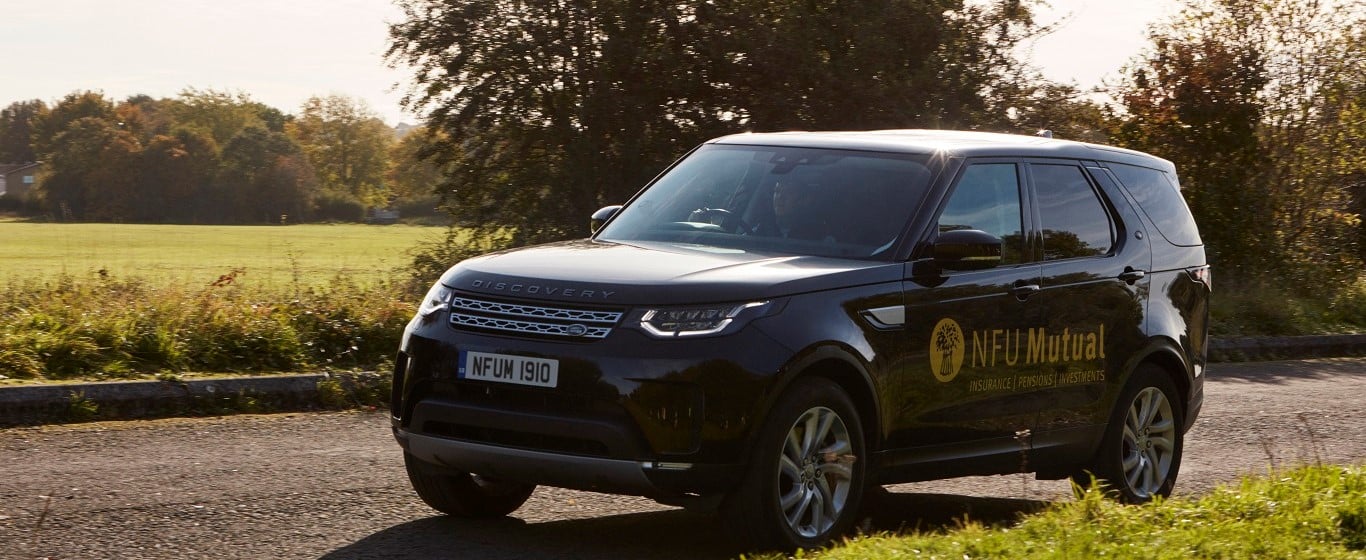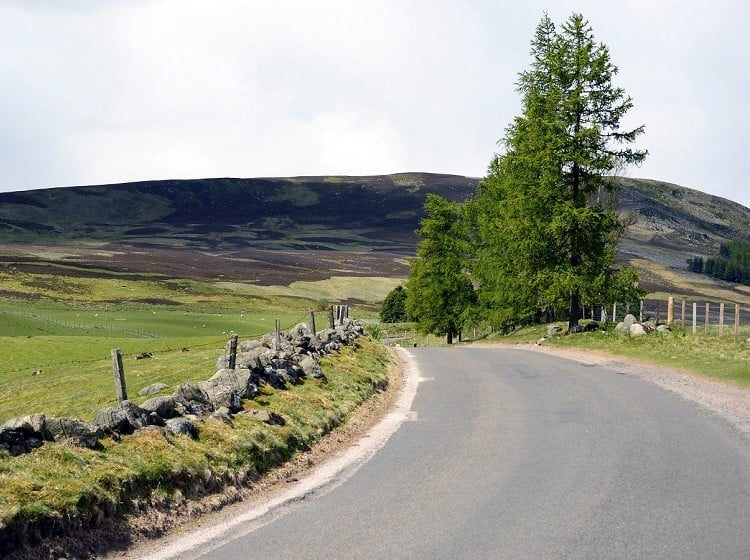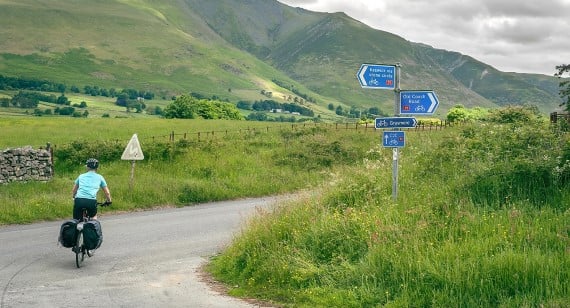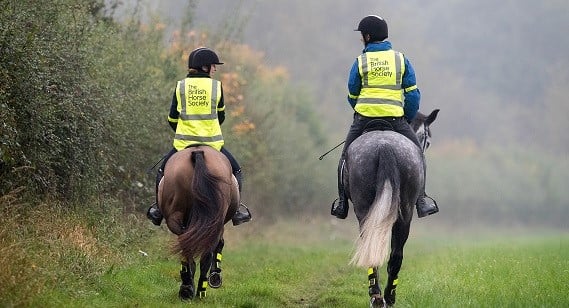Rural Road Safety Advice for Motorists

If you live in, work in, or visit the countryside, you’ll undoubtedly be aware of how dangerous rural roads can be. And, as a motorist, you’ll share the road with vulnerable road users, including pedestrians, cyclists, motorcyclists and horse riders – plus farm traffic and livestock too.
Understanding the different road conditions and hazards you may encounter is key, as is respecting the other road users you share your journey with. So, whether you’re a native of the countryside or an occasional visitor, these tips for rural driving should help everyone stay safe.
Remember that those who can cause the greatest harm, have the greatest responsibility to reduce the risk they may pose to others on the roads.
Here is some advice from THINK! (the Government’s designated road safety campaign) on sharing the road with vulnerable road users:
- Look out for cyclists, pedestrians, motorcyclists and horse riders - make eye contact with other road users where possible to show you have seen them. Use your indicators to signal your intentions and look out for their signals. People may cycle in the centre of their lane in certain situations, allowing others to overtake when safe to do so. People cycling can also ride two abreast, as it may be safer for them to do so.
- Leave sufficient space to pass - when travelling at up to 30mph, leave at least 1.5 metres when overtaking people cycling and give more space at higher speeds. Pass horse riders and horse-drawn vehicles at speeds under 10mph and allow at least 2 metres of space. Don’t accelerate rapidly, sound your horn or rev your engine when passing horses and watch out for sudden movements as horses can be easily spooked. Allow at least 2 metres of space and keep to a low speed when passing people walking on the road. Only overtake when it is safe to do so – on straight stretches of road with good visibility.
- Be patient with horses – horses are prey animals, so this means that their usual response to danger is flight. However well-trained and calm a horse normally is, they can still be unpredictable and frightened by something they perceive as a threat. That’s why the safest place for a rider’s hands to be is on the reins – meaning that they may only be able to nod in thanks to you – but be assured that they will be very grateful for your patience.
- Always check for other road users – when opening your car door, pulling out at a junction, or completing a manoeuvre. If they’re able to, vehicle users should open their door with the hand furthest from the door, so that they can see people walking or cycling behind them.
- Respect advanced stop lines – these allow vulnerable road users to position themselves in front of motorists to increase their visibility at traffic lights. You must stop at the first white line reached if the lights are amber or red, and when the green signal shows, allow other road users time and space to move off.
In addition to sharing the road with lots of different road users, whilst driving in the countryside you’re also likely to face unique hazards. Here, Sara Western, Motor Expert at NFU Mutual, shares her top tips on how to tackle common hazards faced on rural roads:
- Speed limits, not targets – designated speed limits are provided as a maximum legal guide, however, hazards such as sharps bends, animals on the road and changing conditions often mean that drivers should determine their speed by the circumstances, rather than the speed limit.
- Winding roads – when driving on twisting roads, slow your car ahead of the bend to a speed which will allow you to stop should a hazard emerge around the corner. Braking as you enter a bend will likely mean that you are going too fast and are not in full control of your vehicle. Look ahead and use tree lines, telegraph poles and hedges to determine where the road is going.
- Mud on the road – the prevalence of farm vehicles on rural roads inevitably means that there will sometimes be mud from the fields left on the road. Mud, along with wet leaves, can be incredibly slippery in wet conditions; you should exercise caution and reduce your speed.
- Manure on the road – anyone driving on a rural road should expect to share it with horses and their riders. Spotting a fresh pile of manure should alert you to the possibility that horses are not far away. Drivers should slow down and be prepared to stop if necessary.
- Limited vision – hedges and overgrown trees can make it difficult to clearly see the road ahead. This difficulty is increased in fairer weather, when there may be more ramblers, runners, horse riders and cyclists using the roads. Assess your speed according to your surroundings.
- Reacting to wildlife – look out for signs that indicate you may encounter wildlife. If you do, your natural instinct might be to swerve to avoid a rabbit or pheasant, but this is dangerous and could cause a serious collision due to losing control of your vehicle. Larger animals present a bigger problem. If there’s no oncoming traffic then sounding your horn may startle the animal to move safely out of the way, whilst braking could reduce the severity of an impact, but always be mindful of vehicles behind you.
- Livestock delays – farmers often need to use the roads to move livestock such as cattle, horses and sheep to and from their fields, usually at dawn and at the end of the day. If the road is blocked by livestock the best thing to do is stop the car, turn off your engine and wait patiently.
- Farm traffic – tractors and farm machinery on the road can be frustrating for drivers caught up in a queue. However, usually a tractor will not be travelling too far up the road, so it won’t be long before the road is clear again. If you do decide to overtake, make absolutely sure the road ahead is clear and consider any junctions ahead that motorists may pull out from. Due to their size, tractors might swing out to the right before turning left, be aware of this before making the decision to overtake.
- Ice on or under bridges – the road surface on bridges will be the first to freeze when the temperate drops, whilst roads that run underneath them will often be the last to thaw. Consider your speed and stopping distance in icy conditions.
- Churches are a sign – if you see a church spire in the distance, it’s very likely that you’re about to drive into a residential area, so be prepared to reduce your speed and look out for vulnerable road users – especially children.
THINK! has become recognised internationally for its iconic and ground-breaking campaigns that have challenged dangerous behaviours on Britain’s roads. Their campaigns have evolved from encouraging the use of seat belts to tackling excessive speed, drink and drugs, and the use of mobiles at the wheel. In the decade that followed the conception of THINK!, road deaths in the UK reduced by 46%.



